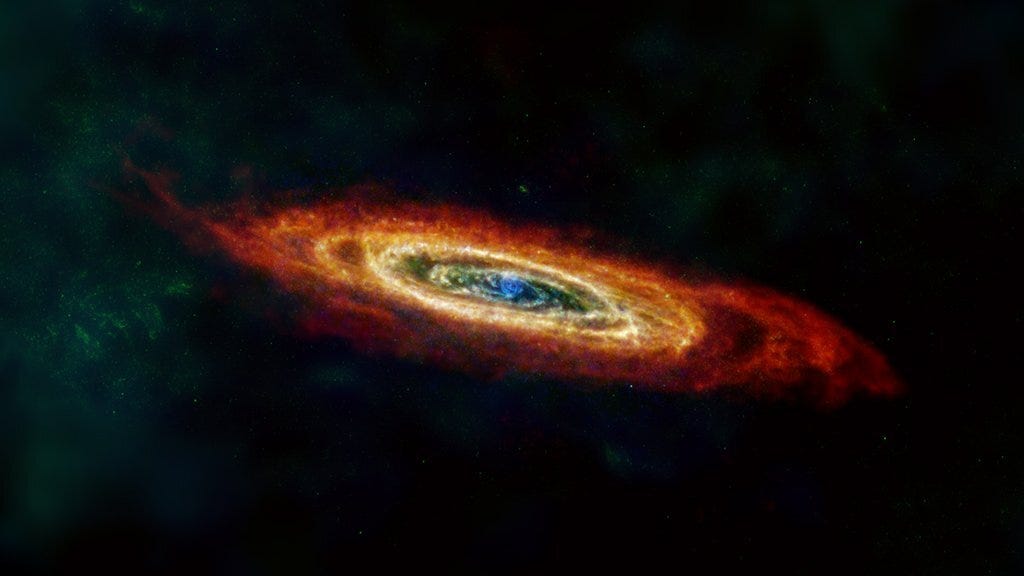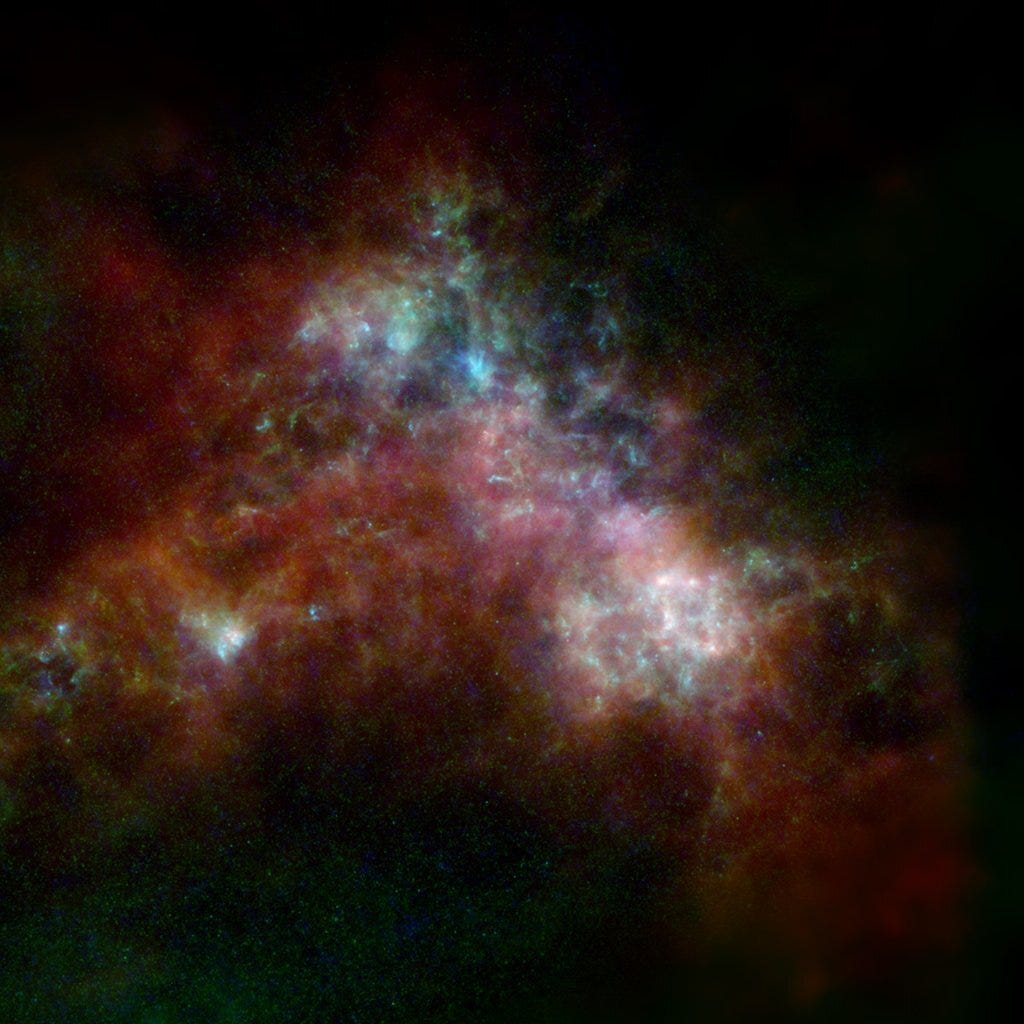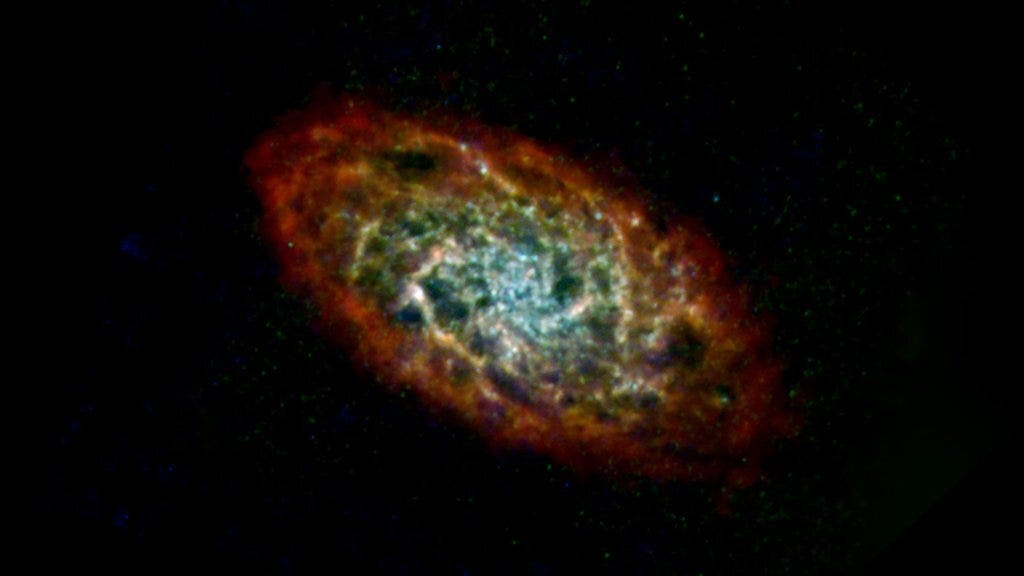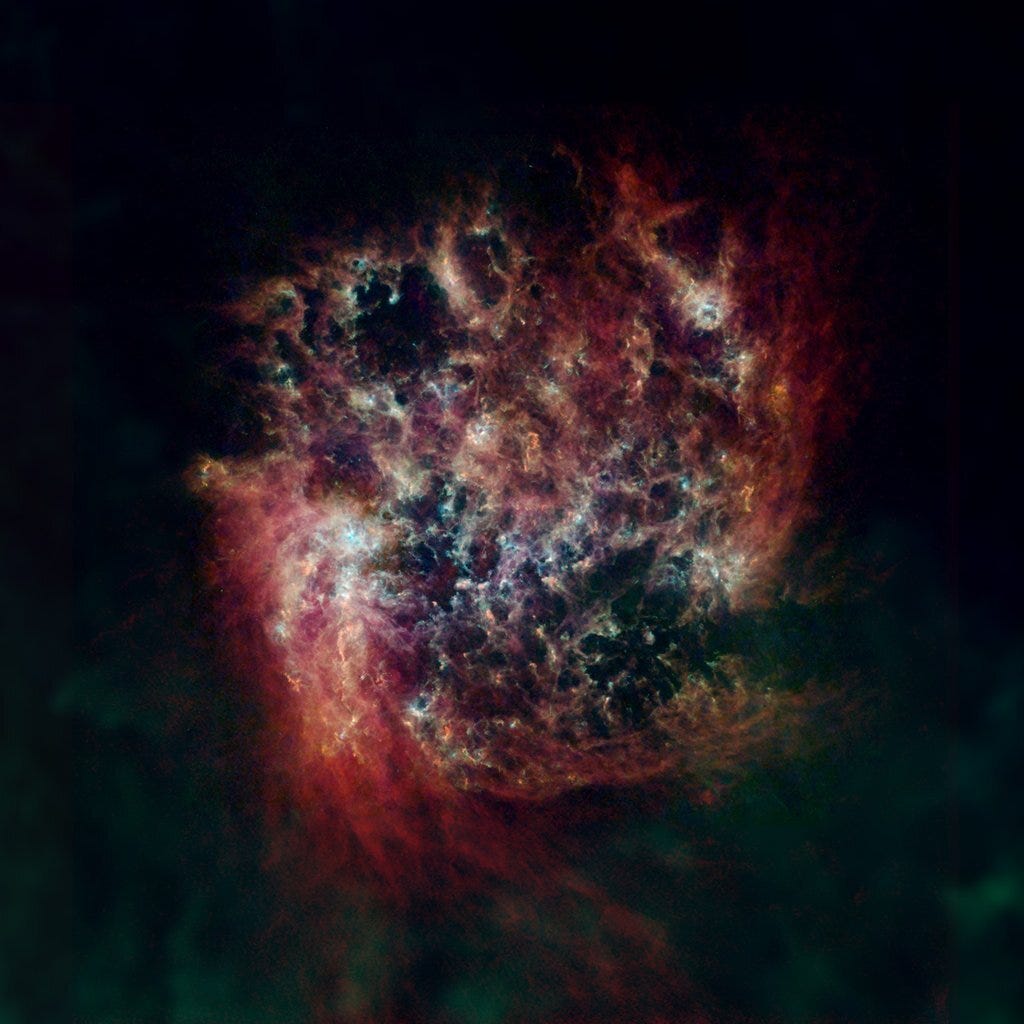- Astronomers shared a trove of images of galaxies created from data from four now-retired missions.
- Cosmic dust contains the building materials for forming stars, planets, and galaxies.
- "Understanding dust is an essential part of understanding our universe," according to NASA.
The universe is full of cosmic dust, and astronomers are still uncovering the role it plays in the cosmos. Now, researchers have combined data from four retired missions to show how dust clouds fill the space between stars in galaxies, in new images shared by NASA on Thursday.
Researchers used images from the now-retired Herschel Space Observatory, a space telescope which operated from 2009 to 2013. The infrared telescope's cold instruments were sensitive enough to detect wavelengths of light the human eye can't, enabling astronomers to observe the heat of cosmic objects and directly map cold clouds of gas and dust.

But while Herschel's dust maps revealed intricate dust cloud structures, limits in the telescope's design meant it missed up to 30% of all the light given off by dust. To help fill in those gaps, researchers combined their observations with data from three other retired missions — the European Space Agency's Planck observatory, along with NASA's Infrared Astronomical Satellite, and Cosmic Background Explorer.
"These improved Herschel images show us that the dust 'ecosystems' in these galaxies are very dynamic," Christopher Clark, an astronomer at the Space Science Telescope Institute in Maryland, who led the work to create the new images, said in a statement.
Researchers captured images of the Andromeda Galaxy, the Triangulum Galaxy, and the Large and Small Magellanic Clouds — all within 3 million light-years of Earth.

In these breathtaking images, the red glow indicates the presence of hydrogen gas — the most common element in the universe. Warmer dust, which emanates when stars are formed and heat up dust grains, is shown in blue.
In other images, intense winds from newborn stars blew away the surrounding dust and gas, resulting in empty spaces. The green light around those bubbles indicates piled-up cold dust blown by that stellar wind, according to NASA.

"Understanding dust is an essential part of understanding our universe," NASA said in press release Thursday.
The cosmic dust that collects in galaxies has many of the chemical elements essential to forming stars, planets, galaxies, and life as we know it. These grains of dust can also reveal something about their cosmic environment, since they're constantly shaped by exploding stars, stellar winds, and the effects of gravity.
Dit artikel is oorspronkelijk verschenen op z24.nl
